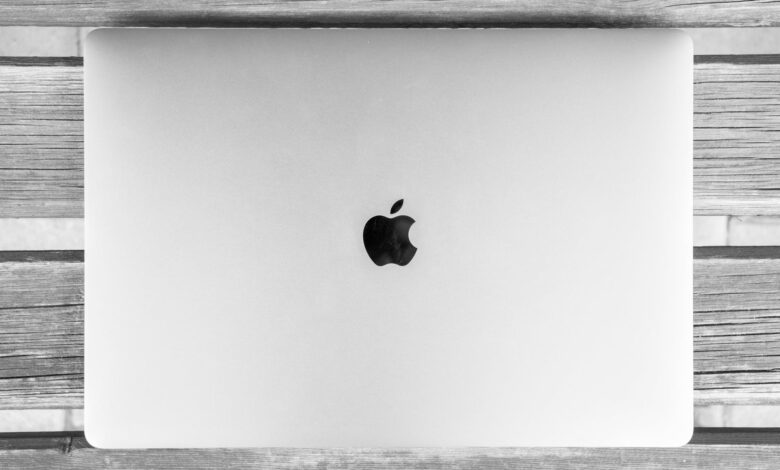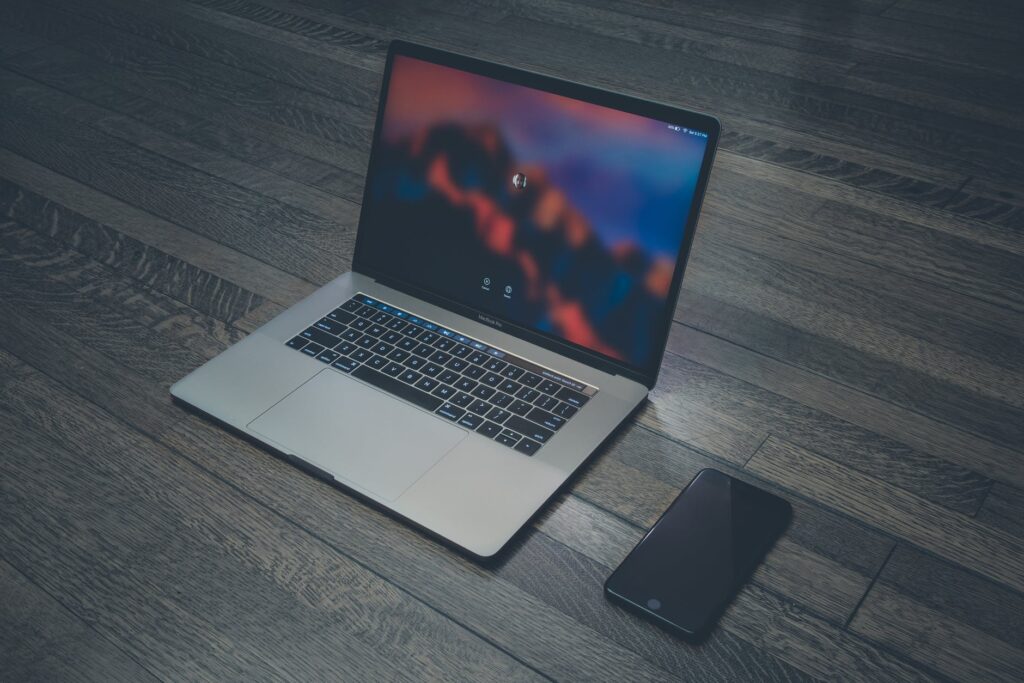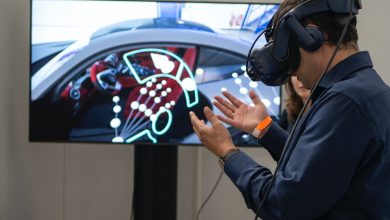
Calibrating The Power Management System of a Mac Laptop
The battery on Mac computers is unlike other batteries. Mac batteries are sophisticated equipment that learns how users use their Mac and decide when to charge when the computer is plugged into a power outlet. Furthermore, they can calculate how long your Mac has left before it entirely runs out of charge. All of this data is based on your usage of the computer. However, MacBook batteries can do all these and more after it has been correctly calibrated.
If your Mac is quickly running out of charge, the first step is to check the common issues and try to fix them. To know how you can remedy charging problems, you can read the guide at setapp.com. But if the battery is beyond repair, you might have to consider getting a new one.
How to calibrate the power system on Apple’s computers?
After installing a new battery, it is crucial to calibrate the power management system. The power calibration process helps to sync the power management system of the computer with the battery. Therefore, the new batteries can:
- Reach its full lifespan
- Achieve its full charging potential
- Display the charge level accurately
- Here are the steps to calibrate Mac’s power management system.

Verification of battery installation
Verify the new battery has been installed correctly by switching on the computer without connecting the power adapter. It is properly installed if the computer starts normally. But if your computer does not start up normally, you need to check the installation instructions and ensure you’ve done everything correctly.
Fully charge to 100%
Now that you’re confident you’ve installed it correctly, shut down your MacBook and connect the power adapter. Leave it plugged into a power outlet until the light turns green on the power connector. The green light indicates 100% charge.
Continue charging for two more hours
Even after the power connector shows a green light, don’t unplug your computer and keep the power adapter plugged in for two more hours. During this time, you can switch on the computer and carry on with your tasks.

Alter the energy saver settings for the moment
Turn on your computer and go to Energy Saver preferences in System Preferences. In the Battery/Energy Saver preferences, move the slider of “Turn Display Off After:” to “Never” and uncheck the Put Hard Disks to Sleep When Possible option. Also, you need to uncheck the Slightly Dim the Display While on Battery Power.
In the Power Adapter/Energy Saver preferences, you need to set the slider to Never for the “Turn Display Off After:” option. You’ll see two sliders for the Display Sleep and Computer Sleep options on different Mac models. If there are two sliders, you can slide both of them to Never.
Then, you need to check the Prevent Computer from Sleeping Automatically When the Display is Off option and uncheck the Put Hard Disks to Sleep When Possible option.
Please note the existence and location of specific settings might vary or shift according to the OS version or computer model you are using. So, if you don’t find the settings mentioned above, you can perform a quick online search to see where these settings are located on your Mac model. Or, you can select your OS version on the macOS user guide to go through the instructions.

Unplug the power adapter and let the charge fully drain out
The next step is to unplug the power adapter and leave your computer. You can continue working or leave it on until the charge drains out and your system shuts down automatically.
You can use the system at this stage, but don’t run any power-hungry apps and programs that might deplete the charge faster. It is best to use it evenly for power system calibration and not put too much pressure on your system.
Let it remain shut down for at least five hours
After your system has shut down automatically, you need to leave it alone overnight or for at least five hours. This way, you will make sure that the energy is fully drained out of your device.
Again charge the battery to 100%
The final step is to plug your system and charge the battery until it’s 100%. You can use the computer while it is plugged into a power outlet. Also, you can make changes to the Energy Saver preferences.
On newer models of Apple’s computers, power system calibration happens automatically. Users don’t need to worry about calibration, but they need to let the battery drain out entirely sometimes and shut down. After that, switch on the system and charge it to 100%.
The calibration process explained above is mainly for older models, but it can be used for all Mac models and OS versions. While the steps mentioned are for new battery installations, you can follow the same steps to recalibrate the power system if you wish to improve your system’s performance.

Tips for preserving Mac battery life
Disconnect the non-essential peripherals that you are not currently using. For instance, if a USB stick or external hard drive is plugged into your system, they don’t have an independent power source. It is your system providing the power. If your device isn’t plugged into a power source, the power is provided by the battery, and that’s why you might be facing faster drainage of the battery.
Click the battery menu bar item to see the apps and programs consuming a lot of battery power. Unless you are using those applications, it is best to close them.
Curb the habit of opening multiple browser tabs. Close the tabs you don’t need because every open browser tab consumes CPU cycles. So, if you have a lot of tabs open, you are putting significant pressure on your Mac’s battery.
So, why don’t you get started on calibrating and recalibrating the power management system of your MacBook? Keep in mind the above steps and the process will be hassle-free.




